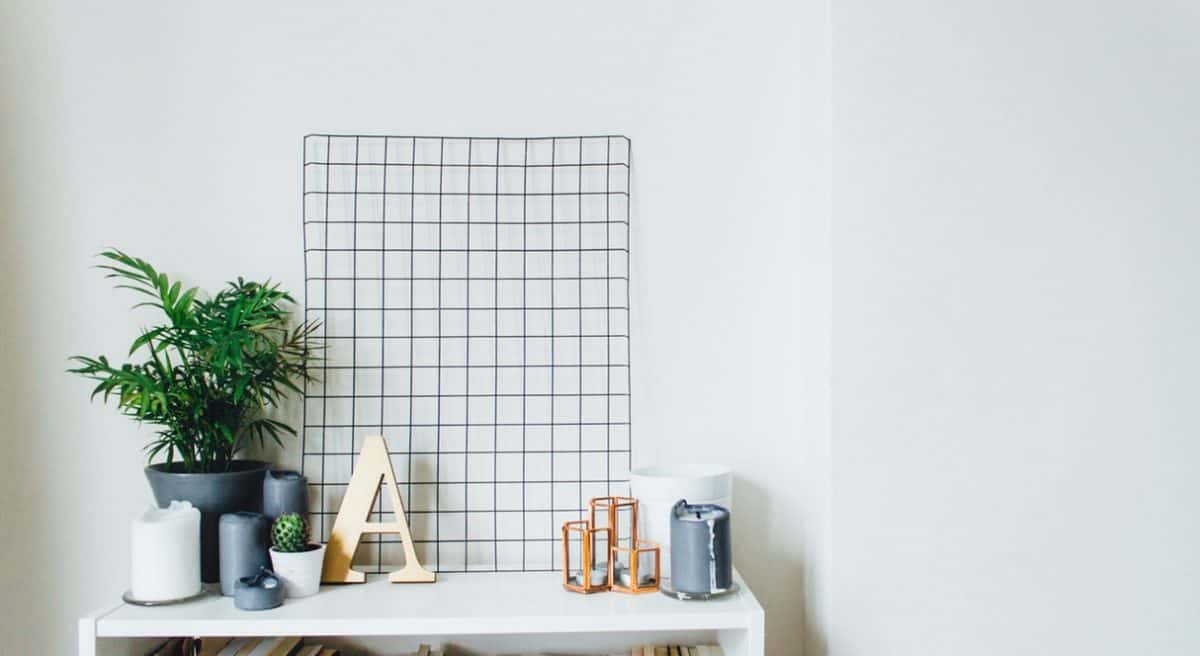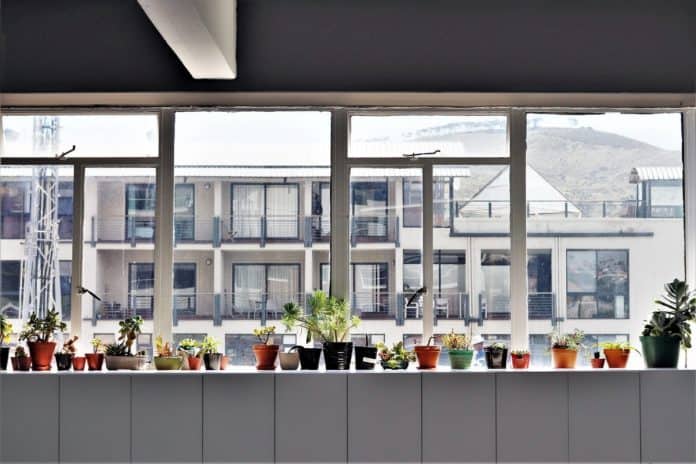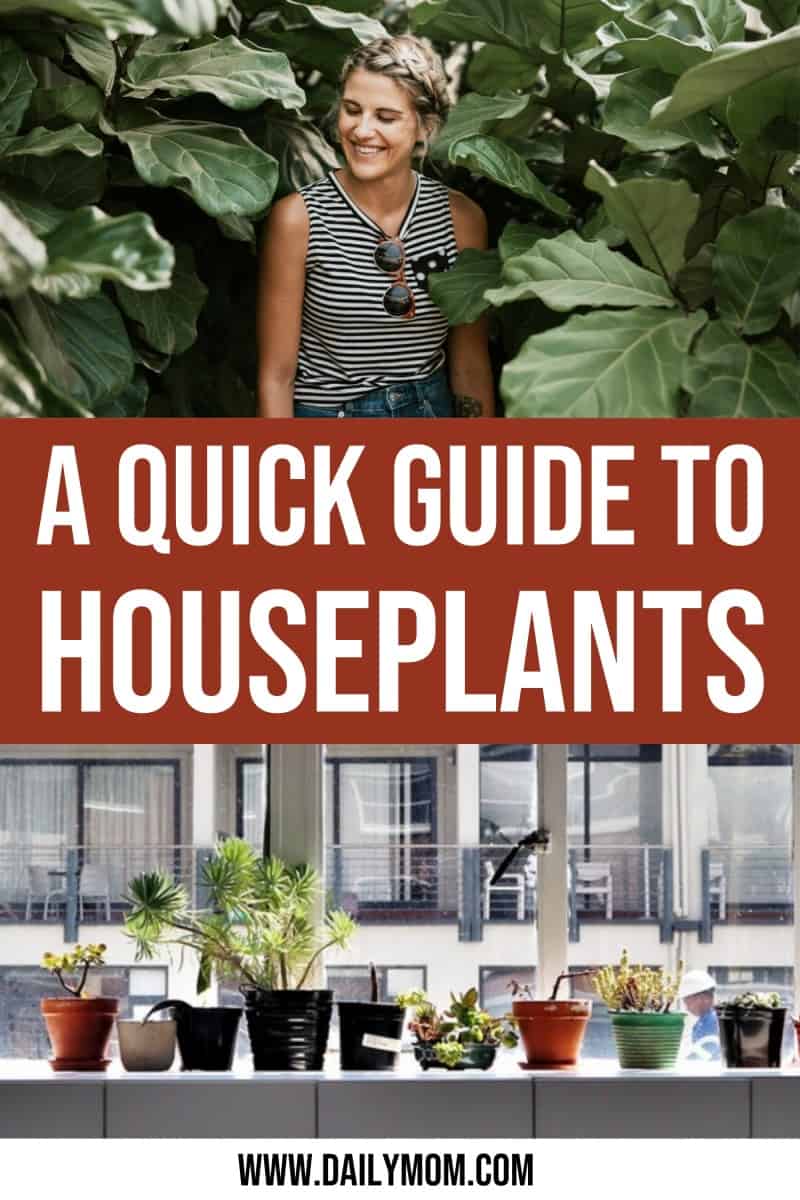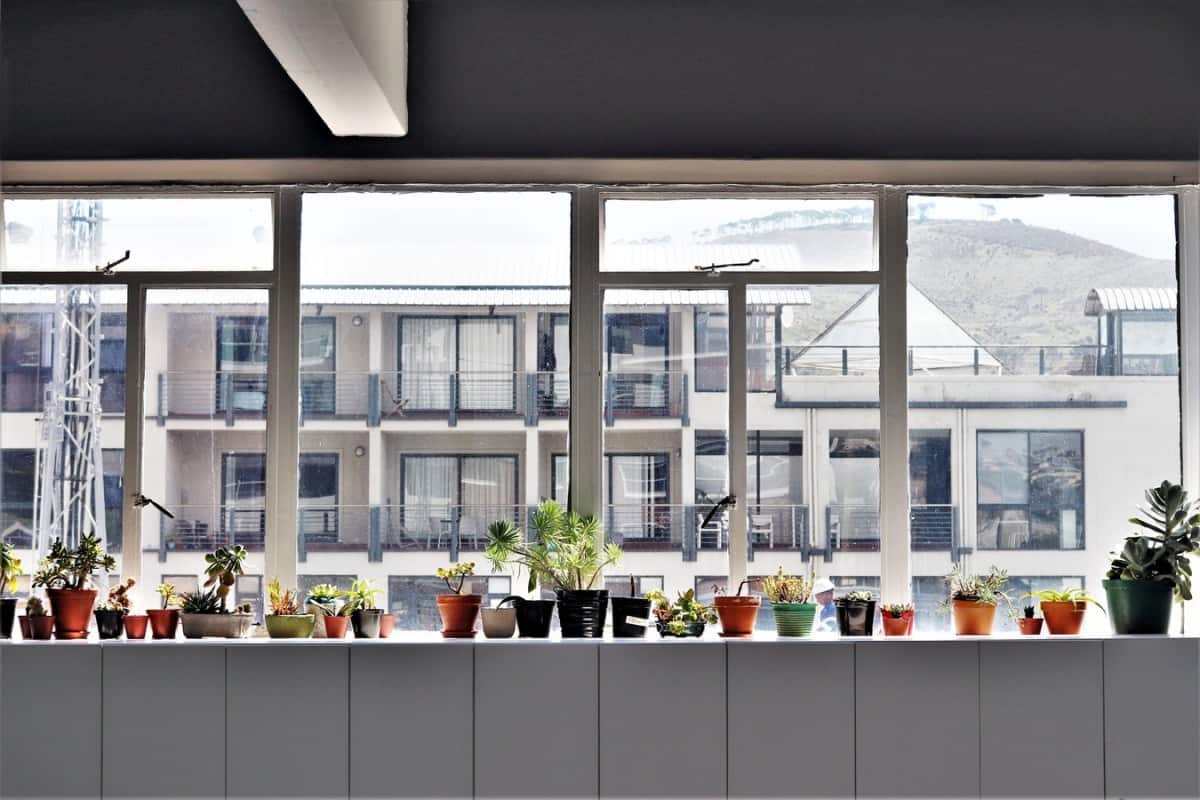Whether you have the yard space or not, it’s nice to include plants inside your home; however, many people are unsure of how to properly take care of their plants. A houseplant guide is important for learning how to maintain your plants. Indoor plants offer more than aesthetics to the space they’re in. Many indoor plants have major health benefits to consider as well.
Maintaining healthy indoor plants can be tricky, however, especially if you’re away for long periods of time. It’s actually quite easy to kill a houseplant if you don’t know what you’re doing. That doesn’t mean you should shy away from them. If you’re looking to add some plants to the inside of your home, we have compiled this houseplant guide to provide a few good indoor houseplant options and tips for keeping them alive.
Houseplant Options to Get You Started

- Chinese Evergreen
- Pilea
- Monstera
- Golden Phothos
- Snake Plant
- Heartleaf Philodendron
- Pothos
- Peace Lily
- Cactus
- Dracaena Office Plant
- Lucky Bamboo
Your Houseplant Guide
1Pick the Right Plant for Each Room

As mentioned, many plants have health benefits and can even boost your mood. That is why when considering a houseplant guide you should think about where you’ll put the plant before purchasing it. What you would put in your office may not be the same plant you’d want in your bedroom. Living plants help to reduce carbon dioxide and fill the air with fresh oxygen. If you’re feeling tired and dragging to do some work, instead of buying coffee every morning, invest in a plant for your office. The added oxygen will give your mind a boost.
READ MORE: How to Detoxify Your Home’s Air with Plants
2Clean Your Plants
Everything inside your home will gather dust at some point, your plants included. It just happens. When a layer of dust forms on the leaves, it limits the amount of sunlight they can absorb. Not only that, but the dust can turn into a breeding ground for insects. As part of your regular cleaning routine, ensure that you add your plants to the list. Start with the leaves, gently wiping them down with a damp cloth. Be sure to hold the leaf, so you don’t break it. You can also fill a spray bottle with water and give the leaves a spritz to remove the dust.
3Prune Your Plants
We often know that outdoor plants need pruning. Did you know that you should do the same to your indoor plants too? Any dead leaves or flowers on indoor plants can attract insects and even mold. So, every now and then you should trim away any dead parts of the plant. Plus, removing dead flowers will help encourage new ones to bloom. Timing is key for pruning. Make sure that all the buds have flowered, or you could prune off unopened buds. Flowers that are wilting and dead looking can be gently removed. The same goes for branches and leaves. Cut the branch as close to the stem, but not flush against the trunk.
READ MORE: Natural Air Cleaning Tips
4Know When to Water

Knowing when and how often you should water your houseplants can be challenging. You don’t want to over water them and end up flooding the plant. However, you also don’t want to limit their water supply and dry the plant up. Each plant will have its own water requirements to adhere to. Rather than having a set schedule, water on an as-needed basis. Push into the top inch of the soil to test it. If it feels dry, then it’s ready for watering. If you’re ever unsure, it’s best to err on the side of caution and not water it.
If you’re going to be away for a while and can’t get anyone to come water your plants, there are a few tricks you can do. You can make a small greenhouse with a damp cloth and a plastic bag. The moisture will collect in the bag and drip back onto the plant.
5Watch for Diseases
Even indoor plants can succumb to diseases. If you notice a plant that looks sick, you’ll want to remove the affected part to prevent it from spreading. Also, isolate it, so you avoid the spread of the disease to everything else. However, if the plant is too sick, then it’s best to get rid of it and destroy the plant.
Pay attention to a few symptoms that could indicate a sick plant. If you notice a white fuzz forming on the plant, it’s telling you that it’s overwatered. Many diseases on indoor plants come from insects. So, just as it’s important to watch for pests and bugs in your yard, so too should you pay attention to any bugs flying around your plants.
READ MORE: Houseplant Safety for Pets
Indoor plants offer so much to any room that you put them in. It can be easy to forget about them though. So, make sure as part of your houseplant guide you put them in areas that are visible to remind yourself to maintain them. Keep track of when you water and use fertilizer to prevent overdoing it. After a while, you’ll notice that your indoor plants won’t just make your house or office look nice, but they will also boost the smell of the room and feel you have when you’re in the room. Plants have a powerful impact on humans. Taking care of your plants will allow you to benefit the most from them.
💖Let us help you be the best version of yourself you can be!💖
Sign up to receive our picks for the best things to do, see, and buy so you can relax and focus on more important tasks!
GET MORE FROM DAILY MOM, PARENTS PORTAL
Newsletter: Daily Mom delivered to you
Facebook: @DailyMomOfficial
Instagram: @DailyMomOfficial | @DailyMomTravel | @BestProductsClub
YouTube: @DailyMomVideos
Pinterest: @DailyMomOfficial
📌 LOVE IT? PIN IT!📌

